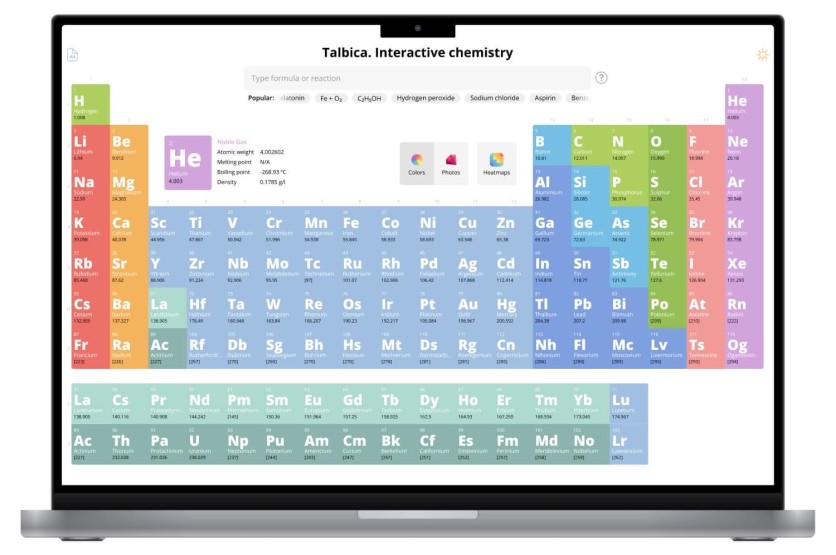
UI/ UX designer and founder of the award-winning ed-tech startup Talbica Andrey Markelov (Andrew Marcus) is an expert in his field. His project has received multiple "Site of the day" awards from CSS Design Awards, Orpetron, and CSS Winner and is awaiting the prestigious A'Design award. In this interview with Andrey Markelov, he expresses his thoughts about the importance of user experience in software design and the future of UX design. He also talks about the role of AI in UX design.
What are the pain points to focus on while creating an interactive website or UX-based solution?
An interactive website can also be a UX-based solution, just like Talbica. Some of the pain points while developing UX-based solutions involve finding the balance between the ease of use and the number of special effects, animations, etc. Designers must understand that they must not use animations without a particular task. For instance, MacOs has its "genie effect" to minimize windows, not for the wow effect, but to clearly explain where the window goes. On the other hand, every designer wants their product to look stunning. The best interfaces have great animations and interactive effects that improve their UX rather than contradict it.
What are the prime requirements when designing an informative and interactive website?
The key is to offer an interactive solution without affecting the information. Adding interactions on top of good UX is probably the key to success. Some other requirements involve loading time, performance, and accessibility. Sites overloaded with special effects can load very slowly due to their size. They can be lagging on older devices and need optimization or fallback versions.
When utilizing UX tools, designers must ensure the tools perform efficiently for drawing information architecture, generating user flows, and mapping the customer journey. I have already started using ChatGPT and believe it will soon optimize UX research tasks.
What can you say about user experience, especially when designing an interface meant for all ages?
It is essential to avoid splitting an interface into a novice and advanced mode, as was pointed out by Jeff Raskin, a designer of MacOs. The universal interface must be very standard and simple to use by the least advanced group of users. However, at the same time, it must offer various shortcuts, hidden features, and professional options for the most qualified users.
A great deal of success is balancing the interface between these two extreme points. Google offers a one-field interface that requires no knowledge to use. On the other hand, it is easy to get lost in its infinite services, settings, and so on. I would rephrase the well-known principle- "mobile first" and say "simple first."
What type of research must one perform for designing UX-dominant sites?
It is the standard to start with user needs assessment. The second major type of research is competitive analysis. At this step, the UX researcher plays the role of an analyst and summarizes the advantages and drawbacks of the existing alternatives. It is crucial to find what they have in common. For instance, it is not a coincidence that many e-commerce sites have the same layout for the item's page, shopping cart, and navigation. It is better to reuse effective UX solutions rather than reinvent the wheel.
What does the future look like for UX designing?
Of course, our future is AI. Tools such as ChatGPT can become a great time saver. I already use it for UX research, so the future is now. I can ask it to conduct a competitive analysis, create personas, draft a user flow, etc.
AI will be compatible with designing simple prototypes, drawing icons, and choosing a color scheme. I believe we will get scores of AI-based Figma plugins that will do all the routine jobs for us. Despite that, I don't think we will see consciousness in AI. I don't expect the machine to have a "true understanding" of what it is doing. In summary, I see a bright future for UX, for the division of labor between the designer and the machine.
ⓒ 2025 TECHTIMES.com All rights reserved. Do not reproduce without permission.




